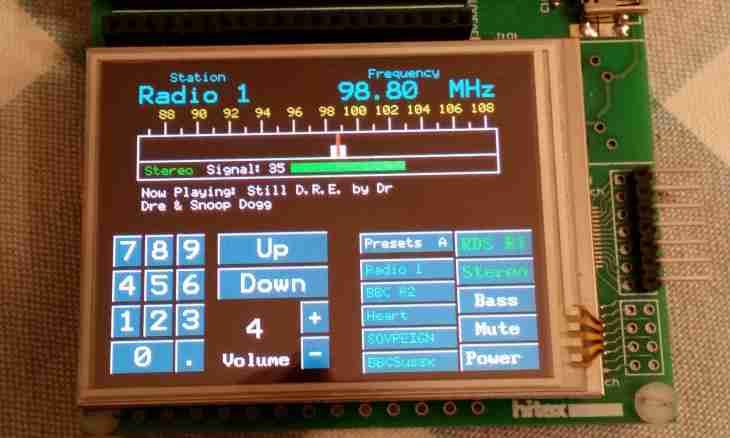To read a phrase in any given language, it is necessary to know not only language, but also its alphabet. Electric circuits also consist of special "letters" - symbols. Even well knowing as details are called as they are suited and work, it is impossible to read the scheme, without being familiar with symbols of these details.
Instruction
1. Study several standards on the conditional graphic symbols (CGS) electro- and radioelements. It is possible to examine the designations executed according to the domestic standard on the following link: ftp://ftp.radio.ru/pub/ugo/Zarubezhnye of designation are given in the following page: http://www.talkingelectronics.com/CctSymbols/Circuit_Symbols.htmlsleduyet to consider that some of foreign UGO are divided, in turn, into European and American. So, for example, the resistor in Europe can be designated by a rectangle, and in the USA - the zigzag line.
2. Pay attention to how connections of conclusions of details among themselves are designated. If two lines symbolizing wires are just crossed, or (on old schemes) one kind of bypasses another on an arch, connection between wires is absent. If in the place of crossing of two lines there is a small painted-over circle, wires in this place are connected among themselves. On the schemes executed by character graphics, opposite the simple crossing of two lines designates existence of connection of wires. The lack of connection between the crossed wires on such schemes is symbolized by a small rupture of one wire in that place where another passes. It must be kept in mind that for reading the schemes executed by character graphics it is necessary to use a monoshirinny font and to learn to compare pseudo-graphic symbols (which are not standardized in any way) with known to you graphic various standards.
3. Learn to understand designations of difficult parts and components which conclusions are numbered. The plait from wires (sometimes "virtual" - actually these wires can be and not suites in a plait) is designated by the reinforced line. On the lines of usual thickness leaving it there are figures - wire numbers in a plait. Also numbers can be available for conclusions of chips, lamps, sockets, ready knots. Sometimes one ready knot is connected via several sockets, each of which has separate numbering of contacts - do not get confused in them! On the element conclusions can be not numbered. At sockets the way of numbering of conclusions depends on their types. Put a chip for counting of conclusions designation up, a key to the left. The first conclusion will be in the left bottom corner, further they are counted counterclockwise. Count conclusions of a lamp, on the contrary, clockwise, having turned a lamp conclusions to themselves. If the lamp octal, the first conclusion is to the left of the key turned down (or to the right of the key turned up). At a finger-type lamp a little increased interval between conclusions is considered a key. Consider that sometimes conclusions of elements are not numbered also on the scheme. In this case, get acquainted with a detail pin-connection diagram on a datashita to it then make the table of correspondences of pin numbers to their appointment.
4. Get acquainted with a concept of the general wire. Not to encumber the scheme with excess lines and to facilitate its reading, conclusions of details which actually have to be connected to the general wire on the scheme designate not connected and connected to a special symbol. At assembly of the scheme they need to be connected together. Sometimes the scheme has two independent (not connected with each other) the general wires, for example, analog and digital. In a "hot" part of the pulse power supply there is the general wire which for safety reasons is not connected neither with the general case of a "cold" part, nor with the case of a design.
5. Having collected the scheme, before its inclusion carefully check whether you connected everything according to the scheme. Even one wrong connection time is capable to put a half of details of the included design out of action.

